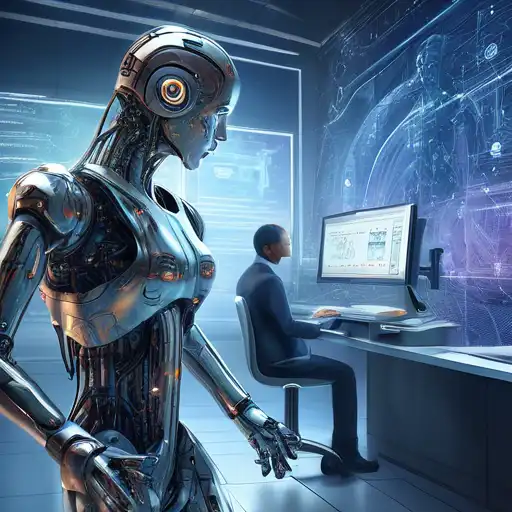Introduction to AI and Machine Learning
In the rapidly evolving world of technology, the terms Artificial Intelligence (AI) and Machine Learning (ML) are often used interchangeably. However, they represent distinct concepts with unique applications and implications. This article delves into the differences between AI and ML, shedding light on their individual roles in the tech landscape.
What is Artificial Intelligence?
Artificial Intelligence is a broad field of computer science focused on creating systems capable of performing tasks that typically require human intelligence. These tasks include problem-solving, understanding natural language, recognizing patterns, and making decisions. AI can be categorized into two types: narrow AI, which is designed for specific tasks, and general AI, which possesses the ability to perform any intellectual task that a human can.
What is Machine Learning?
Machine Learning, a subset of AI, involves the development of algorithms that allow computers to learn from and make predictions or decisions based on data. Unlike traditional programming, where humans explicitly code the behavior, ML systems improve their performance over time as they are exposed to more data. Key techniques in ML include supervised learning, unsupervised learning, and reinforcement learning.
Key Differences Between AI and ML
- Scope: AI encompasses a wider range of technologies aiming to simulate human intelligence, while ML focuses specifically on enabling machines to learn from data.
- Functionality: AI systems are designed to perform tasks that require human-like intelligence, whereas ML systems are optimized for pattern recognition and predictive modeling.
- Dependency: ML is dependent on data to learn and improve, but AI can operate based on predefined rules without necessarily learning from data.
Applications of AI and ML
Both AI and ML have transformative applications across industries. AI powers virtual assistants, autonomous vehicles, and smart home devices. ML is behind recommendation systems, fraud detection, and predictive analytics. Together, they are driving innovations in healthcare, finance, and entertainment.
Future Trends in AI and ML
The future of AI and ML is poised for exponential growth, with advancements in deep learning, neural networks, and quantum computing paving the way for more sophisticated applications. As these technologies continue to evolve, their impact on society and the economy will undoubtedly expand, offering both opportunities and challenges.
Conclusion
Understanding the difference between AI and ML is crucial for navigating the tech-driven world. While AI aims to replicate human intelligence, ML focuses on learning from data to improve performance. Both fields are integral to the advancement of technology, offering endless possibilities for innovation and improvement in various sectors.
